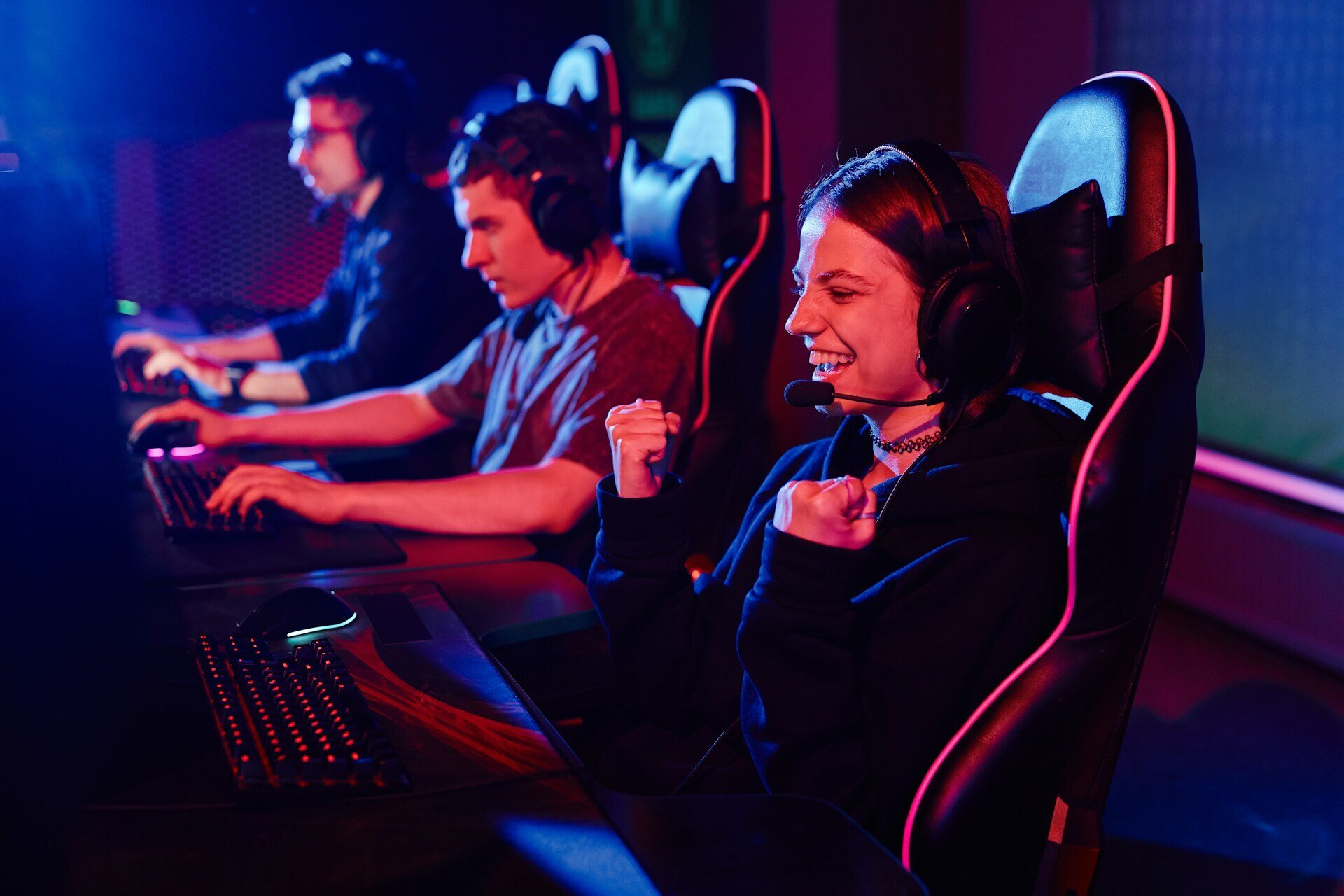How Esports Athletes Stay Fit: The Secrets Behind Their Success

The world of esports has long since outgrown its image as a hobby for gaming enthusiasts. Today, it's a professional sport with millions of fans, massive prize pools, and strict demands for both physical and mental health. Despite the common stereotype that esports players just sit in front of a screen, successful athletes follow structured physical routines. In fact, esports champions are those who can react quickly, stay focused for hours, and manage fatigue — all of which require proper physical conditioning.
Physical Activity — A Core Part of Esports Training
A study published in the British Journal of Sports Medicine (2020) found that regular physical activity improves cognitive performance, speeds up reaction time, and reduces stress — all of which are essential for esports athletes. That’s why most pro teams hire fitness coaches and include mandatory workouts in their training schedule.
Players typically focus on three types of workouts: cardio training, strength exercises, and functional workouts.
1. Cardio Training — For Endurance and Brain Circulation
Typical activities:
- Light jogging or treadmill running (30–45 minutes, 3–4 times per week)
- Cycling (stationary or road bike)
- Swimming
- Jump rope
Targeted areas:
- Legs (quadriceps, calves, hamstrings)
- Cardiovascular system
Why it matters for esports:
- Boosts brain circulation, improving focus and reaction time
- Reduces eye strain and headaches by stabilizing blood pressure
- Helps lower stress and maintain emotional balance
Scientific insight: According to Harvard Health Publishing (2018), regular cardio stimulates neurogenesis — the formation of new brain cells, which enhances learning and memory.
2. Strength Exercises — For Posture and Injury Prevention
Typical activities:
- Bodyweight exercises: push-ups, squats, planks, pull-ups
- Weight training: dumbbells, resistance bands, light barbell work
- Stabilization: TRX or BOSU ball exercises
Targeted muscles:
- Back muscles (trapezius, lumbar) for posture support
- Neck and shoulders to release tension after long gaming sessions
- Arms and forearms to prevent carpal tunnel syndrome
- Core muscles for spinal stability
Why it’s crucial:
- Prevents chronic back and neck pain
- Strengthens muscles needed for prolonged sitting
- Reduces the risk of repetitive strain injuries, like carpal tunnel — common among gamers
Evidence: A study by the American College of Sports Medicine (2020) found that strength training reduces the risk of musculoskeletal disorders by up to 40% in sedentary individuals.
3. Functional Training — For Coordination, Flexibility, and Balance
Typical activities:
- CrossFit or HIIT (high-intensity interval training)
- Yoga or Pilates — for stretching, breathing, and mental focus
- Dynamic movements: balance drills, medicine ball exercises, jumps
Purpose:
- Improve balance and coordination
- Increase joint flexibility
- Boost overall motor skills
Especially useful for:
- Enhancing precision of movement, which improves mouse control
- Relieving tension in the hips, spine, and legs
- Mobilizing the shoulder girdle — crucial for comfortable gameplay
Scientific basis: As reported in the Journal of Physical Activity and Health (2019), functional training enhances spatial awareness, motor control, and balance — all vital for elite-level gamers.

Sleep and Routine — The Foundation of Focus
Research published in Nature and Science of Sleep (2019) confirms that sleep deprivation severely impairs cognitive functions like memory, attention, and reaction speed. That’s why top players like s1mple and Faker avoid late-night gaming before tournaments and stick to regular sleep patterns (7–9 hours per night) and structured daily routines.
Balanced Nutrition and Hydration
Pro gamers increasingly consult with nutritionists. Their diets focus on brain-boosting foods rich in omega-3 fatty acids (salmon, nuts), antioxidants (blueberries, spinach), and B vitamins — all paired with plenty of water.
According to the Journal of the International Society of Sports Nutrition (2021), even mild dehydration can reduce cognitive performance by up to 20%. That’s why players always keep a water bottle nearby during matches.
Mental Health and Stress Management
Esports is highly competitive and emotionally intense. Many teams work with sports psychologists who help players manage pressure, anxiety, and burnout.
Meditation, breathing techniques, and mindfulness practices are becoming more common — and science backs them up. Frontiers in Psychology (2020) confirms their effectiveness in reducing stress and improving emotional regulation.
Case Study: How Champions Train
The CS:GO team Astralis proved back in 2019 that success lies in the combination of physical workouts, healthy meals, proper rest, and mental care. Their daily routine includes 1–2 hours of physical activity, strategy sessions, gameplay training, and recovery through meditation or breathing exercises.
Esports is no longer “just playing games.” Professional players are modern athletes — and physical fitness, mental resilience, and healthy habits are all part of the job. Consistent body training keeps the brain sharp, and when combined with sleep and nutrition, helps players stay on top in a world where milliseconds count.




Mira
Alex